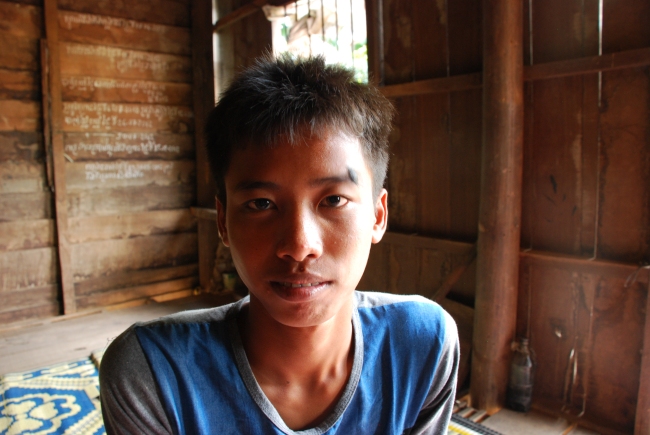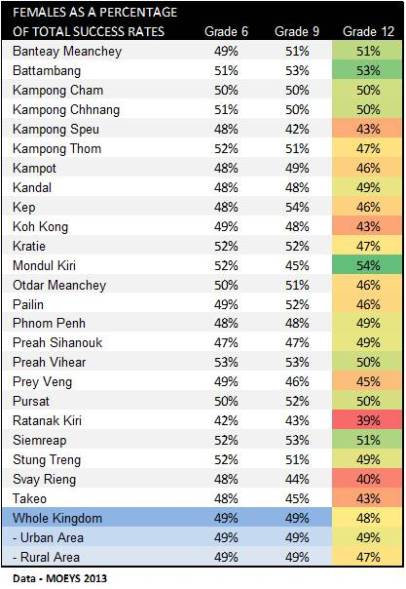
Cambodia has a rich culture of storytelling and many Khmer folktales revolve around an interesting character called Judge Rabbit. Judge Rabbit is undoubtedly an intelligent creature, but while he often resides on the side of truth and justice, there is an element of trickster about this character. Sometimes Judge Rabbit simply takes advantage of foolish people.
There are many published Judge Rabbit stories, and these provide an insight into the Khmer culture which clearly has little time for ignorance or for boastful pride. In a typical story, Judge Rabbit will fight for the underdog by pointing out the foolishness of those in power.
In one example, a young man asks a wealthy family for their daughter’s hand in marriage. The family sets a challenging task for the young man. They demand that he immerse himself in a lake for three days and make no moves to keep himself warm. If he can succeed in doing this, then he may marry the daughter.
And so the challenge begins, but after two days of immersion the man is shuddering with cold. He is scarcely conscious. On a distant hill he sees a fire, and lifting is hands above the waterline he reaches hopelessly – in his delirium – toward the fire. Aha! At that moment the wealthy family tells the young man that he has failed in his mission and that quite clearly he was keeping warm from the fire. He has failed in his task.
The young man seeks justice, and pleads before a local magistrate that it was impossible for him to gain any warmth from the distant flames, and that he had not broken his pledge. But the magistrate is friends with the wealthy family who have plied the magistrate with generous gifts. In his findings, the magistrate sides with a wealthy family, and to make matters worse for the young man, he orders the young man to prepare a large banquet, as reparation, in honour of the wealthy family.
The young man is distraught, but as he goes to the market together things for the banquet he meets Judge Rabbit who asks why he is so sad. The young man explains the story and Judge Rabbit takes sympathy. Judge Rabbit tells the young man to go ahead and prepare the banquet but not to use any salt when making the soup.” Make sure you use no salt!” he instructs the young man, ” and place a salt container at the far end of the table from the magistrate. Then leave the rest to me. Together we will find justice.”
The banquet is held. Judge Rabbit makes sure he is in the district, and he duly gets invited to the banquet by the magistrate who is in the pocket of the wealthy family. “splendid!” Says Judge Rabbit.
Now comes the first course, and the first dish to be served – as is tradition – is the soup. Naturally, the young man shows honour to the magistrate by serving him first. the magistrate takes a mouthful of soup and splutters! “this is terrible, the soup is too bland, it needs salt!”
“Well that’s strange,” says Judge Rabbit. “there is a salt container just here, and if a distant fire is capable of warming this young man’s hands, then surely this nearby salt container is capable of flavouring the soup. Don’t you think?”
The magistrate shifts uncomfortably, and embarrassedly agrees with Judge Rabbit. He reverses his decision, and says that the young man is hereby entitled to ask for the daughter’s hand in marriage.
Many cultures have folk stories similar to those of Judge Rabbit. Every culture appears to enjoy tales in which the rich and powerful are humbled and held to account by their own words. We love seeing ingenuity at work! No child listening to a Judge Rabbit story could not be impressed by the intelligence and independent thinking of the lead character.
For an insight into Khmer culture I strongly recommend that, no matter how old you are, you get hold of some Judge Rabbit stories. They are by turns instructive, ingenious and hilarious.
- For the cautionary folk tale of the Rabbit and the Earthquake – click here.
- For more folk tales from Cambodia – click here.
- For a Judge Rabbit book via Amazon click here. there are also several variations on the Judge Rabbit character, including tales of a smart rabbit or hare, who manages to outfox – if that’s the right word – other bigger stronger members of the animal kingdom. Click here.
- The delightful illustration above comes from a well regarded book: Brother Rabbit.
And here is another funny, insightful folk tale about A Farmer, His Son and a Donkey.








You must be logged in to post a comment.